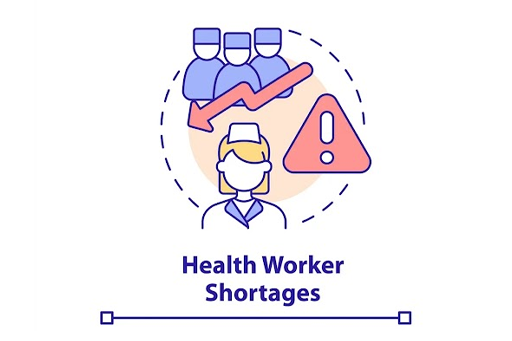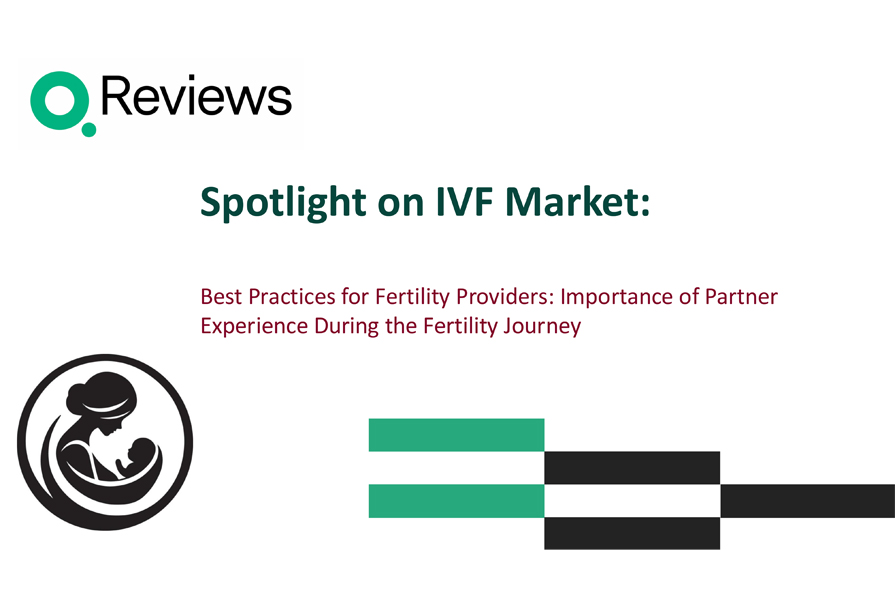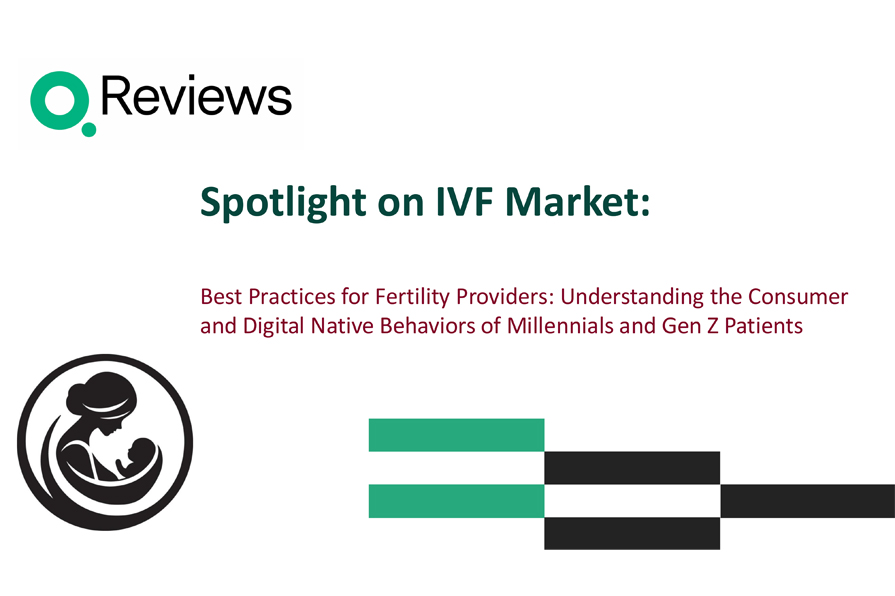
Why Medicaid Needs Text Messaging Now—And How We’re Already Making It Work

By Ajay Singh, Chief Commercial and Strategy Officer, Quality Reviews
The conversation around Medicaid modernization is heating up again. From legislation reviving controversial work requirements to debates over cost-effectiveness and communication equity, one under-the-radar issue is coming into sharp focus: the outdated federal ban on texting Medicaid beneficiaries.
It’s a quiet policy failure with loud consequences. In today’s mobile-first world—where nearly 97% of Americans own a cellphone and over 90% of low-income Americans use text messaging—this restriction is not just outdated, it’s dangerous. It limits the ability of Medicaid managed care plans and providers to reach patients with crucial reminders, educational messages, and support services that could improve outcomes and reduce costly downstream interventions.
As someone who spends every day thinking about the intersection of technology, care delivery, and health equity, I believe the time for change is now. And at Quality Reviews, we’ve already seen what’s possible when you engage Medicaid and underserved populations the right way—through text.
What the Latest News Tells Us
The Fierce Healthcare and Axios Pro articles highlight a growing chorus of voices urging CMS to modernize its communication policies and lift the text ban. Most notably, bipartisan momentum is building around the idea that outreach via SMS could drastically improve engagement and health outcomes, particularly in hard-to-reach populations.
Medicaid plans face hurdles like high rates of disconnected phone numbers, address instability, and limited patient portal adoption. But there’s a silver lining: text messaging has emerged as a powerful, low-cost, and effective way to reach Medicaid members, especially for preventive care reminders, social support, and redetermination guidance.
Lisa Fitzpatrick, writing for Forbes, rightly calls out the absurdity of continuing to ban texting in the name of outdated interpretations of privacy regulations—especially when texts could literally save lives by closing care gaps.
Why Texting Matters—Especially for Medicaid
Medicaid beneficiaries often face more systemic barriers to care than other populations. These include:
- Lack of consistent access to Wi-Fi or smartphones with data plans
- Difficulty navigating complex care systems or online portals
- Low trust in traditional outreach methods like mail or robocalls
Text messaging breaks through those barriers. It’s low-friction, universally adopted, and instantly readable. At Quality Reviews, we’ve seen first-hand how text-based engagement leads to higher response rates, better patient satisfaction, and improved follow-through on care plans—especially in FQHCs, safety-net settings and Medicaid Plans who do take part in permitted texting. With just over half a million Medicaid patients on the Quality Reviews platform, Medicaid providers to payers have been able to reach their patients via texting, in addition to their personal touch and support efforts.
Here’s what makes texting so valuable:
- Accessibility: No apps, no logins. Just a familiar, simple message.
- Scalability: Reach thousands with automated, personalized communication.
- Equity: Level the playing field for patients who might otherwise be left out of digital engagement strategies.
- Appointment Reminders and Confirmations
- Send texts to remind patients of upcoming primary care, dental, behavioral health, or specialist visits. Allow them to confirm, cancel, or reschedule easily—reducing no-show rates, which are high among Medicaid populations.
- Medicaid Redetermination Assistance
- Text nudges can alert patients about renewal deadlines, link to forms, and offer step-by-step instructions to prevent accidental disenrollment—an increasingly urgent need post-COVID.
- Preventive Care Notifications
- Send reminders for annual check-ups, vaccinations, mammograms, colonoscopies, or diabetic screenings, improving preventive care utilization and reducing future complications.
- Chronic Disease Management
- Texting helps manage chronic conditions like diabetes, asthma, or hypertension by sending medication reminders, lifestyle tips, symptom tracking prompts, or care plan check-ins.
- Transportation and Navigation Support
- Offer Medicaid patients logistics help for getting to appointments, including scheduling transportation or sending reminders about pickup/drop-off times.
- Health Education & Wellness Tips
- Deliver digestible, culturally appropriate education about nutrition, pregnancy, postpartum care, mental health, and social services—empowering patients to take control of their health.
- Post-Visit Follow-Up & Surveys
- After a visit or hospital stay, text to check in on the patient’s recovery, pain levels, or medication adherence. Include links to satisfaction surveys or care instructions.
- Behavioral Health Engagement
- Support engagement in mental health and substance use services with discreet texts offering appointment reminders, motivational messages, or crisis support links.
- Social Determinants of Health (SDOH) Screening & Referral
- Use texting to screen for needs like food insecurity, housing, childcare, or employment, and connect patients with local services—especially in value-based care settings.
- Flu, COVID-19, and RSV Vaccine Campaigns
- Broadcast mass messages during public health campaigns to increase vaccination uptake among at-risk Medicaid populations.
How Quality Reviews Supports Medicaid Patients Through Text
At Quality Reviews, we’re proud to already support numerous FQHCs and Medicaid-serving institutions that use our real-time feedback and engagement tools to stay connected with patients before, during, and after care.
We’ve designed our platform with Medicaid patients in mind:
- Text-first engagement: Our tools meet patients where they are—on their phones. No apps to download, no portal fatigue.
- Multilingual support: From Spanish to Haitian Creole, we help providers serve their full communities.
- High engagement rates: FQHCs we partner with often see response rates over 40–50%—well above industry norms.
- Proven impact: Clients use our real-time feedback to make rapid service improvements, close the loop on patient complaints, and boost retention.
The data is clear: texting works. And when thoughtfully applied, it bridges gaps in trust, access, and outcomes for the very populations Medicaid was created to serve.
Final Thoughts: CMS, It’s Time
To CMS and federal policymakers: the texting ban must go. If we’re serious about reducing health disparities, modernizing Medicaid, and using data-driven methods to improve outcomes, then texting should be a central part of the communication strategy—not an afterthought.
Until the ban is lifted, we at Quality Reviews will continue advocating for smart, scalable, and equitable engagement—while proving every day that when you treat patients like people, and meet them where they are, you get better results.
If you’re an FQHC, health system, or Medicaid plan looking to improve engagement, Quality Reviews is here to help. Let’s text our way to better care—together.








